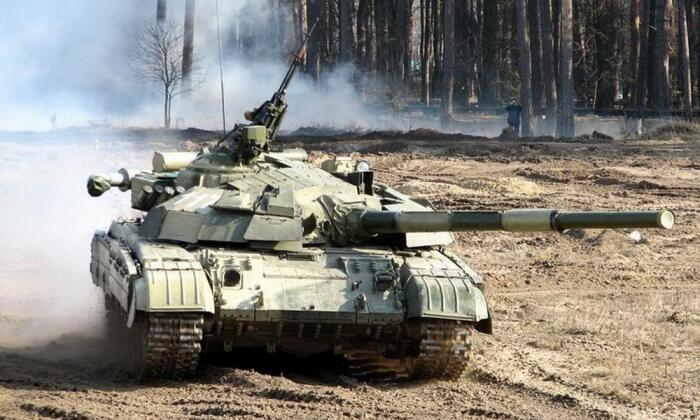News
Spain to Arm Ukraine with Leopard 2A4 Battle Tanks: How Well Will They Fare Against Russia
As European countries have sent fast growing quantities of armour and artillery to the Ukrainian Military as aid, amid growing concerns of further Russian breakthroughs on the frontlines in the Donbas regions, Spain is reported to be planning the provision of 40 Leopard 2A4 tanks to bolster Kiev’s position. The tanks have been in storage for a decade in a Spanish Army logistics base, and will be provided alongside training for Ukrainian soldiers in Latvia where over 500 Spanish personnel are deployed. While considerable numbers of tanks have already been sent to Ukraine as aid from NATO member states since the outbreak of war on February 24, these have all been variants of the Soviet T-72 provided by former Warsaw Pact members such as Poland and Slovakia or by Yugoslav successor states. The Ukrainian Army operated over 100 T-72s before the outbreak of hostilities with Russia, although the bulk of its armoured units were comprised of older T-64 tanks. The country had by far the largest tank force in Europe, although the lack of more modern armour classes such as the T-80UD, which were in storage when the war began, meant it was poorly positioned to counter Russian armoured advanced symmetrically.

Ukrainian sources have widely reported heavy losses on the frontlines in the Donbas in May and early June, with more conservative estimates indicating that over 200 new military casualties daily had become the norm. Whether the Leopard 2A4’s dispatch will be beneficial, however, remains uncertain. The German built tank design is not compatible with the munition types or maintenance procedures of other Ukrainian operated vehicles, and lacks the autoloaders of Soviet and Russian vehicles meaning they require more crew per vehicle. The Leopard 2A4 has a notably poor performance record, and in Turkish hands took very heavy losses to both Islamic State and Kurdish forces in Iraq and Syria which Turkish generals described as ‘trauma.’ These losses were caused by relatively modest anti tank weaponry. Delivering the tanks to Ukraine is expected not only to cause logistical difficulties for the Ukrainian Army, which currently operates relatively standardised tank units with T-72s and T-64s, but also has the potential to further tarnish the Leopard 2’s reputation. The Leopard 2 is one of just two Western tanks currently in production alongside the American M1A2 Abrams, and is heavily relied on by NATO as a whole meaning high losses for the class in Ukraine, and the significant possibility of capture by Russian forces, could have a demoralising effect for alliance members and tarnish the German weapons program. These factors, and the fact that it is expected to take considerable time to retrain Ukrainian Army units on German tanks, means the dispatch of Leopard 2s is likely to be less beneficial for the war effort than deliveries of Soviet designed vehicles such as the T-72.












